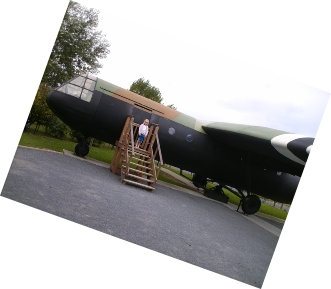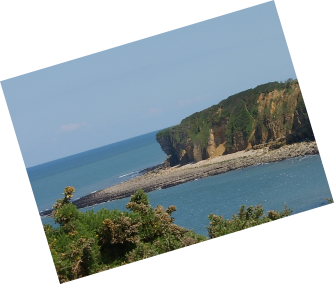The left-
Overnight the 6th Airborne Division launched a daring glider-
The Caen Canal Bridge, now known as Pegasus Bridge, was taken and held by the airborne troops while the landings began in the morning of 6th June 1944.
Led by the 3rd Division, with French and British Commandos, the attack moved quickly and within 45 minutes, the Allies were fighting the Germans inland.
The beach defences had included machine guns and mortars amongst the sand dunes. By 13:00 the Commandos had linked up with the airborne troops at the bridges they had taken over the river Orne and its waterways. However, the right flank of the attack was unable to link up with the Canadians lading at Juno Beach and the Germans organised a counterattack.
The German Panzers were halted by antitank weapons, air strikes and the Allied tanks that had landed, effectively stopping the counterattack.
Today, Sword Beach is a clean and popular expanse of golden sand with good facilities including toilets and showers.
In summer, you can find people playing sports such as football and volleyball on the beach as well as a number of attractions for kids such as a minigolf course and go kart track. There’s also plenty of places to enjoy an ice cream or a snack, as well as several restaurants nearby.
Looking to discover more about its place in history during WW2, there are still remnants of the area’s historical past with memorials dedicated to the different British units and traces of gun turrets. The Grand Bunker museum, where a garrison of Germans formed a pocket of resistance for 3 days after D-
Can You Add A Story –


